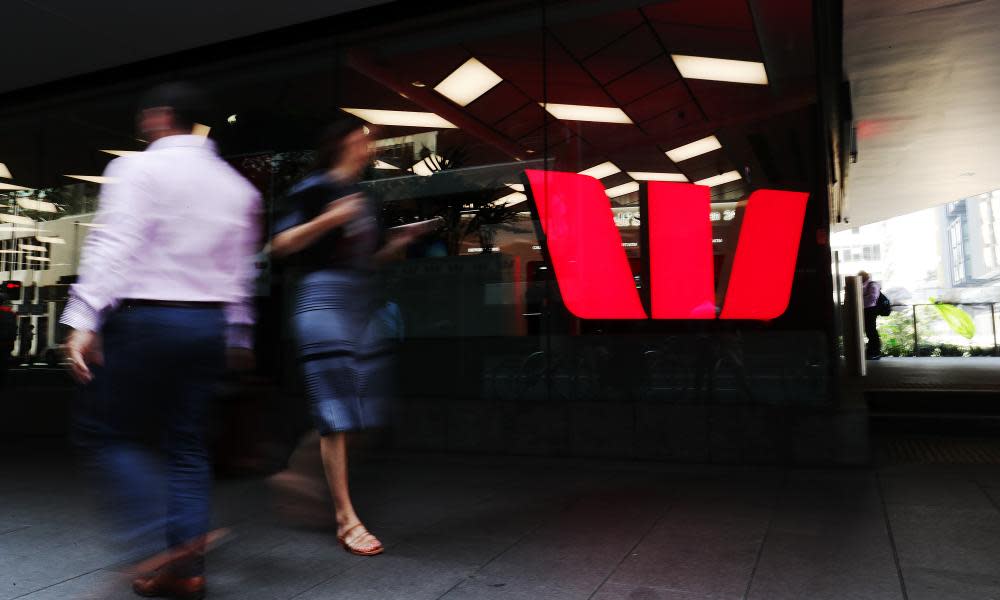Superannuation data reveals accounts being eaten away by high fees and poor returns

People with less than $10,000 in their superannuation accounts are losing as much as 4.4% of their already modest savings to fees charged by fund administrators, new data from the prudential regulator shows.
A heatmap published by the Australian Prudential Regulation Authority on Tuesday also reveals Westpac arm BT is consistently delivering substandard returns to members of its MySuper fund.
It paints a picture of retirement incomes for some savers in MySuper funds, which are supposed to be simple and low cost, being eaten away by high fees and poor returns.
Apra member Helen Rowell said the regulator would use the data to put pressure on trustees to either dramatically improve their performance or get out of the industry by closing or merging funds.
Related: Higher superannuation rates not linked to lower wages, report finds
Release of the data is part of increased oversight of the industry by Apra, which was criticised at last year’s financial services royal commission for failing to take legal action against super trustees who fail to act in the interests of members.
Rowell said Apra has “directly contacted the trustees of the worst-performing products and asked them to provide or update action plans outlining how they will address identified weaknesses”.
“If they are unable to make substantial improvements in good time, we will consider other options, including pressuring them to consider a merger or exit the industry,” she said. “However, no one should be complacent. We expect all trustees to use the heatmap to reflect on the drivers of their current performance, and identify where they can do better.”
For members with a balance of less than $10,000, the Goldman Sachs & JBWere Superannuation Fund charged the highest overall fees, of 4.37% a year.
The fund, run for Australian employees of Goldman Sachs and NAB’s wealth management arm JBWere, is relatively small with about $520m in assets.
It was also in the top 10 for fees charged on balances over $50,000, eating 1.49% a year.
However, it produced good investment returns, outperforming a model portfolio constructed by Apra by 1.38% a year.
Goldman Sachs sold JBWere to NAB in 2016, but membership of the fund remains open to JBWere employees.
It is understood that less than 1% of fund members have a balance of below $10,000 and are paying the 4.37% rate.
This is because Goldman Sachs pays fees on behalf of its employees.
Industry fund First Super was the second-worst offender when charging fees to low balance members, at 3.02% for those with less than $10,000 in the kitty.
The Australian arm of US wealth management giant Mercer charged consistently high fees on balances less than $10,000, taking out 12 of the top 20 positions.
A Mercer spokeswoman said the entries reflected the differing fees paid by different age groups within the one product, SmartPath.
The “vast majority” of members were better off than if they were in a fund delivering industry average returns, she said.
Two products offered by Mine Super, a fund run for miners by unions and employers, had the worst performance, underperforming Apra’s model portfolio by 1.25% and 1.21% a year.
However, the data reveals Westpac arm BT Funds Management consistently offered sub-par returns to members, with the group responsible for 14 of the bottom 20 funds.
BT’s general manager of superannuation, Melinda Howes, said the return on its products differed because they offered “‘age appropriate risk’ throughout a member’s life on the path to and through retirement”.
“The funds have performed strongly over the short and long term and met their performance objectives,” she said.
The top four performing funds, delivering as much as 2.3% more than Apra’s portfolio, were options offered by the Queensland government’s fund, QSuper.
University fund UniSuper came fifth, on 1.76%, followed by fellow industry funds First Super and Australian Super.
The Max Super Fund offered by Tidswell Financial Services, a subsidiary of Sargon, had the only MySuper option offered by the for-profit sector featured in the top 10, scraping into the final position with an outperformance of 1.49%.
Industry Super Australia, which represents the $720bn union-and-employer-controlled industry superannuation sector, welcomed the data but said it should be extended to cover more funds.
“We expect to see the worst performers called out, but are concerned methodological flaws may cast some products in a poorer light than warranted, while other products appear okay when they’re not,” deputy chief executive Matthew Linden said.
He said Apra should expand its statistics from the low-cost MySuper sector to cover “choice” products, where underperformance is believed to be rife.
Goldman Sachs, JBWere and Mine Super have been approached for comment.

 Yahoo News
Yahoo News 
